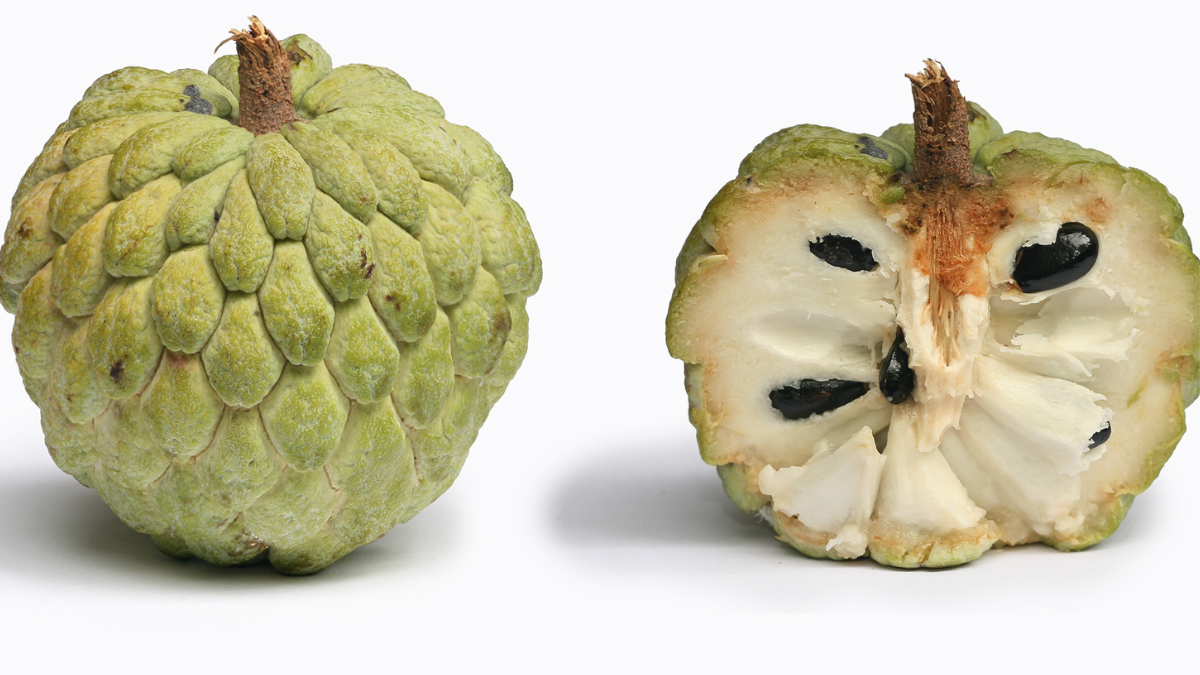Different studies about the plants of the Annona family have shown that these plants possess efficient antidiabetic and anti-inflammatory activity.

The Annona genus is one of the most easily available genera in the Annonaceae family for food. Its name is mainly based on its property of being harvested annually. The genus has approximately 162 species of trees and shrubs.
Likewise, the genus contains many species having great economic value in different parts of the world, such as Australia, Europe, India, and the Mediterranean. These economic uses are due to their edible and medicinal properties.
The fruits of Annona squamosa, Annona crassiflora, and Annona muricata, which belong to the genus, have different therapeutic and economically beneficial properties. To evaluate its efficient medicinal properties, different studies have been conducted at different places.
The result has encouraged its use as an efficient antidiabetic, anti-inflammatory, anti-platelet, anti-parasitic, and anti-microbial agent. The medicinal properties of nine species of Annona are illustrated below.
Phytochemicals of Plants of Genus Annona
All the plants of the genus Annona contain distinguishable medicinal chemicals and compounds. These include alkaloids, saponins, flavonoids, and other ions. These ions are calcium, magnesium, potassium, copper, and Iron.
Likewise, plants of the aforementioned genus also have phenolic contents, carbohydrates, proteins, and tannins. Due to the presence of all these compounds, the genus Annona possesses antidiabetic and anti-inflammatory activity.
Antidiabetic Property of Genus Annona Plant
The antidiabetic properties of Annona plants are as follows:
Annona cherimola
The ethanolic extract of the plant has the potential to cure diabetes by reducing the level of glucose in diabetic rats. The leaves of the plant Annona cherimola, along with its extract, are administered to diabetic rats and consequently reduce the level of glucose in the rats.
The diabetes was induced by alloxan. A study was conducted and showed that it lowered the glucose level from 331.5 mg/dl to 149.2 mg/dl after four hours of induction.
Annona squamosa
A study was conducted on streptozotocin-nicotinamide type 2 diabetic rats to evaluate the antidiabetic activity of the Annona squamosa plant. The aqueous extract of the plant has an efficient anti-hyperglycemic effect. The prominent point about the antidiabetic activity of the plant is its dose independence. Due to this reason, it shows the same result either at 250 mg/kg or 500 mg/kg.
Annona muricata
To find out the antidiabetic potential of the plant, streptozotocin was used to induce diabetes in rats for 14 consecutive days. After the induction of diabetes, the study of the aqueous extract of Annona muricata showed that it reduced the level of glucose.
Moreover, it has the ability to act as a long-acting antidiabetic agent because it shows results after a treatment period of 14 or more days. Due to the presence of tannins and flavonoids, it has hypoglycemic activity.
Antioxidant Activity
Anti-oxidation is the ability of any agent to scavenge the free oxygen species, or free radicals, that are produced as a result of different metabolic reactions in the body. The antioxidant activity of the plants of the genus Annona is as follows:
Annona cherimola
The isolated components of Annona cherimola, including the cherimoya skin, flesh, and juice, have antioxidant potential. It has the ability to absorb reactive oxygen species. The juice of the plant possesses the highest antioxidant activity. On the other hand, flesh exhibits the lowest antioxidants.
Annona squamosa and Annona muricata
Both species of the genus Annona also have efficient radical scavenging or antioxidant activity. The ethanolic extract of Annona muricata was studied for its antioxidant activity.
The result revealed that it possessed the highest radical scavenging ability (90.05%). On the other hand, the extract of Annona squamosa has moderate antioxidant activity as compared to Annona muricata.
Conclusion
In a nutshell, the genus Annona possesses anti-hyperglycemic and anti-inflammatory potential. Due to their medicinal significance, the plants of the aforementioned genus have become economically important globally and are significantly used in the treatment of diabetes and as an efficient radical scavenger.